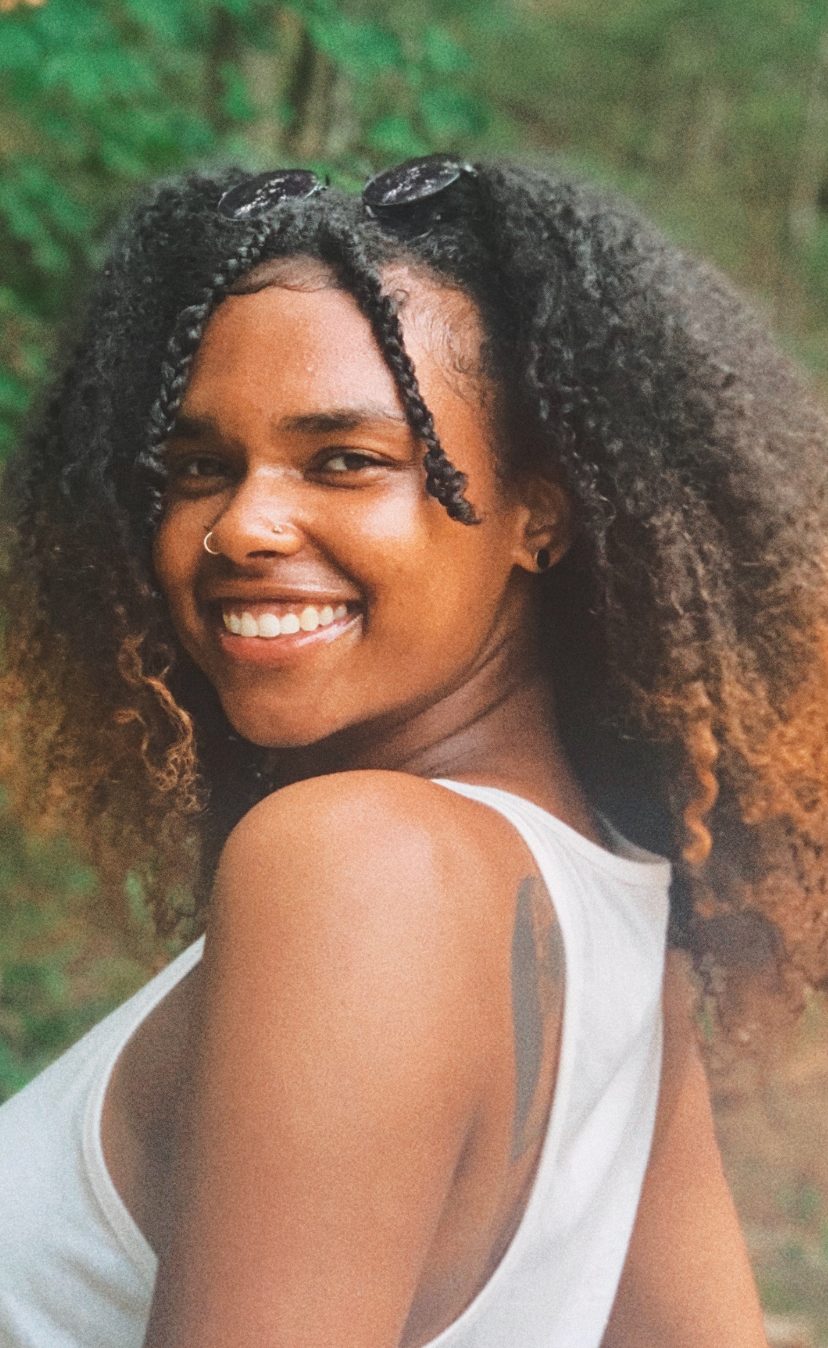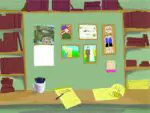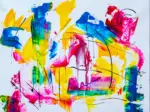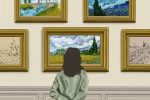Feeling the weight of change took a toll on creatives around the world. With “the public” out of the picture, artists had to discover a different operating system for their talents. Amid the feelings of anxiety caused by an unknown future, poets, designers, singers, musicians, editors, producers, visual artists, models, filmmakers and other innovators had to undergo a change in perspective. As a result, creative artists strived to find new ways to not only benefit from their passions, but also to inspire hope for their craft and other artists everywhere.
Artists on Standby
Young innovators are experiencing firsthand how the COVID-19 pandemic has affected the trajectory of producing artistic content — an unexpected hurdle, to say the least. It has impacted all areas of creative artists’ lives — mental, emotional and financial — and has influenced the way creators work in both a constructive and adverse way. Even though there were artists who were able to use the abrupt pause as an outlet to develop who they are, it was also difficult for individuals who lived off the support, engagement and network from the outside.
An artist’s work is not only for their artistic expression; it’s also for the therapeutic comfort of the artists themselves. “The arts help people to cope in dark times,” explained Barbara Stcherbatcheff, writer for the World Economic Forum. “Experiencing art and culture alongside others in the same physical spaces.”
“When the shelter-in-place order was issued in March, I found it difficult to focus,” writer and poet Jennifer Tseng told ArtSake, an online source that supports artists in Massachusetts. “The feeling of uncertainty was overwhelming. It was as if the future had just been erased.” And just like Tseng, there were creative artists of all kinds whose practices were obstructed by the pandemic.
Filmmaker Lisa Oliveri from Massachusetts also explained her experiences to ArtSake. She said, “The pandemic forced all of us to work within the same limitations, kind of like trying to film a prison documentary while being an actual prisoner.”
Over the years, creative artists have been known to escape from the world by choice to obtain clarity. According to The New York Times, “The earliest drawings known to have been made by humans have been found in the deep, dark recesses of caves, spaces since supplanted by the modern studio.”
But for some creative artists, being forced involuntarily into isolation compelled them to sit with and overcome the mental and emotional capacities that hindered them from the ability to draw inspiration. This extra time to contemplate enabled these innovators to use aspects of everyday life as a canvas for their aesthetic expression.
“My work is all about context, about place,” artist Mark Dion, known for his use of scientific presentations in his installations, revealed to The New York Times. “I go someplace, and I listen to the site and I start to research its ecological history, its architecture, its material culture, its social history. All of those elements tell me what to do.”
Developing a New Foundation
One of the key elements that creative artists possess is resilience; with this in mind, people from all over, young and old, have responded to the trials and tribulations of the COVID-19 pandemic with the kind of imagination you would expect from highly creative and intuitive minds. Despite the downsides of the “new world,” many artists have been partly forced to return to the basics of their crafts.
Working alone from home without assistants, developing a slow and steady pace, paying more attention to their immediate surroundings and — a personal favorite — spending more time in nature has enabled innovators to be inspired by the little things in life.
Once creative artists turned inward, a renaissance of communication boomed across social media platforms, with artists banding together and sharing ideas on how to adjust within their craft.
“Creative forces help us, let’s think outside of the box and use innovation to keep our connection and make it work, together,” said Carson Ellis, an American children’s book illustrator and cartoonist. “Because if we do it together, we’ll succeed.” Ellis is also the curator of the Quarantine Art Club, a group that posts daily assignments for artists stuck at home within their creative flow.
Ways Creative Artists Are Making Money
Creative artists have customized their production practices with new and fresh approaches; here are some specific ways they have supported themselves financially while showcasing their gifted abilities during the COVID-19 pandemic.
Writers: Submit Blog Posts
Writers can earn up to $100 from one single post written for someone else’s blog. As Mary May Ronson explained in “15 Ways for Artist to Make Money Remotely During Covid-19 Lockdown,” this can be in the form of ghostwriting or guest blog posting, “Where you write a blog post specific to a blogger’s niche, and feature on their blog as a guest, sharing your views, opinions and experiences.”
Designers and Illustrators: Offer Paid Services With Adobe Applications
“You don’t necessarily need a qualification to do graphic design work,” Ronson noted. Through InDesign, a brand of desktop publishing software, designers can create artwork catalogs, design postcards and try out other projects for both digital and print purposes. Similarly, for illustrators, Adobe has an application that can be offered as a service to take commissions for digital art.
Editors: Proofread for Websites
Editorial workers can offer their skills to help read over and analyze textual content for social media website owners whose first language isn’t English.
Musicians: Accept Donations While Performing Live on Social Media
Twitch, an American live video service, is offering eight hours of streaming after reaching 50 followers.
StageIt allows artists to hold virtual concerts where they can set their own ticket prices and enable a tip jar.
And of course, Instagram, Facebook and Twitter are primary fanbase applications that can be used as well.
If you’re an artist looking for a resolution in these uncertain times, the answer is simple — lock onto new ways of preparing, producing and presenting your skills.

















